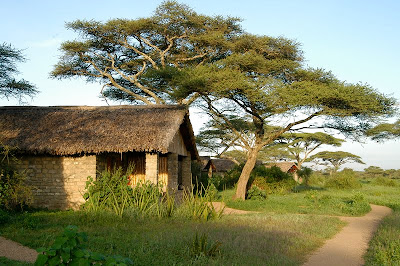 |
declapp@naserasafaris.com
josephn@naserasafaris.com |
Africa is huge. Each country is highly contoured. Illnesses are often specific to elevation, habitat, and are usually limited by a variety of environmental and cultural factors. The Center for Disease Control's Traveler Health web page has all the information you need for specific destinations.
There are however several areas that should be considered; malaria, dysentery, replacing prescriptions, and hepatitis probably head the list. Please read through this section and note the very last entry.

Malaria is a bad disease. You should check with the CDC regarding the possibility it is found along your safari route. The management of this disease is for you and your doctor to determine. (I would comment that one of the prophylaxis medications, Larium, should be a last resort. there are severe side effects from this medication.) Malaria is a disease of low elevations, wet areas, and warm portions of the country - where the appropriate species of mosquito resides. In general it has not been found along the primary safari routes. Overall mosquitoes are not a problem on the Tanzanian or Kenyan safaris and I rarely see mosquitos when traveling. However, malaria is a bad disease and care should be taken. One last consideration with malaria is it rapid evolution; not all medications work on all malarial forms. Make sure that what you are prescribed is appropriate to East African strains of the disease.
Another insect-borne disease is trypanosomiasis or sleeping sickness. The vector insect for this illness is the tsetse fly. The good news here is that, even if you see tsetse flies, the population in the northern part of Tanzania does not carry the disease.
Dysentery is not common on the safari routes. In most cases unwashed food or untreated water is the cause of gastric distress illnesses. By using bottled water and washing your hands as often as is possible, you can avoid most intestinal discomforts. The hotels use treated water for all kitchen work and food prep. You should be sure to drink only soda, beer, and bottled water. Ice cubes are almost always made from bottled water, but it might be good to ask.
You should pack and carry all prescriptions with you in your hand luggage. Once on safari your luggage will always be with you so you can relax a bit. It is a good idea to make a separate list of prescriptions that includes the medicine name and details regarding strength and dosage.
Before any travel it is recommended that you have a "good health" visit with your primary care physician. This is a time to look into your health, prescriptions, travel needs, and vaccinations. This is when you can deal with hepatitis, tetanus, measles, polio, and other inoculations. There are a variety of illnesses that are (perhaps) more common in Tanzania than in the USA. But, you will be on a route that caters to travelers and is well monitored. The majority of disease in any country resides in crowded, damp, warm, areas with limited medical coverage. None of the apply to the safari route in Tanzania.
Tanzania requires that travelers coming from a country that has a yellow fever concern be able to show their yellow fever certificate upon arrival. The countries that are of real concern to the Tanzanian medical branch are Ethiopia, Kenya, and Uganda. If you are coming from one of these countries you will need a yellow fever certificate even if you have merely passed through the country on the way to Tanzania. Thus travelers using Virgin Atlantic, Kenya Air, Swiss Air, and British Air - even though they are merely in-transit passengers - will have to have a yellow fever inoculation and the certificate to prove it. If you are a regular traveler to the earth's more remote regions a yellow fever inoculation is a good thing to have. It may well be a once-in-a-lifetime shot, but it is necessary to get one every ten years.


















